Home>Interior Design>Interior Design Tips: 37 Insider Tricks From Top Designers
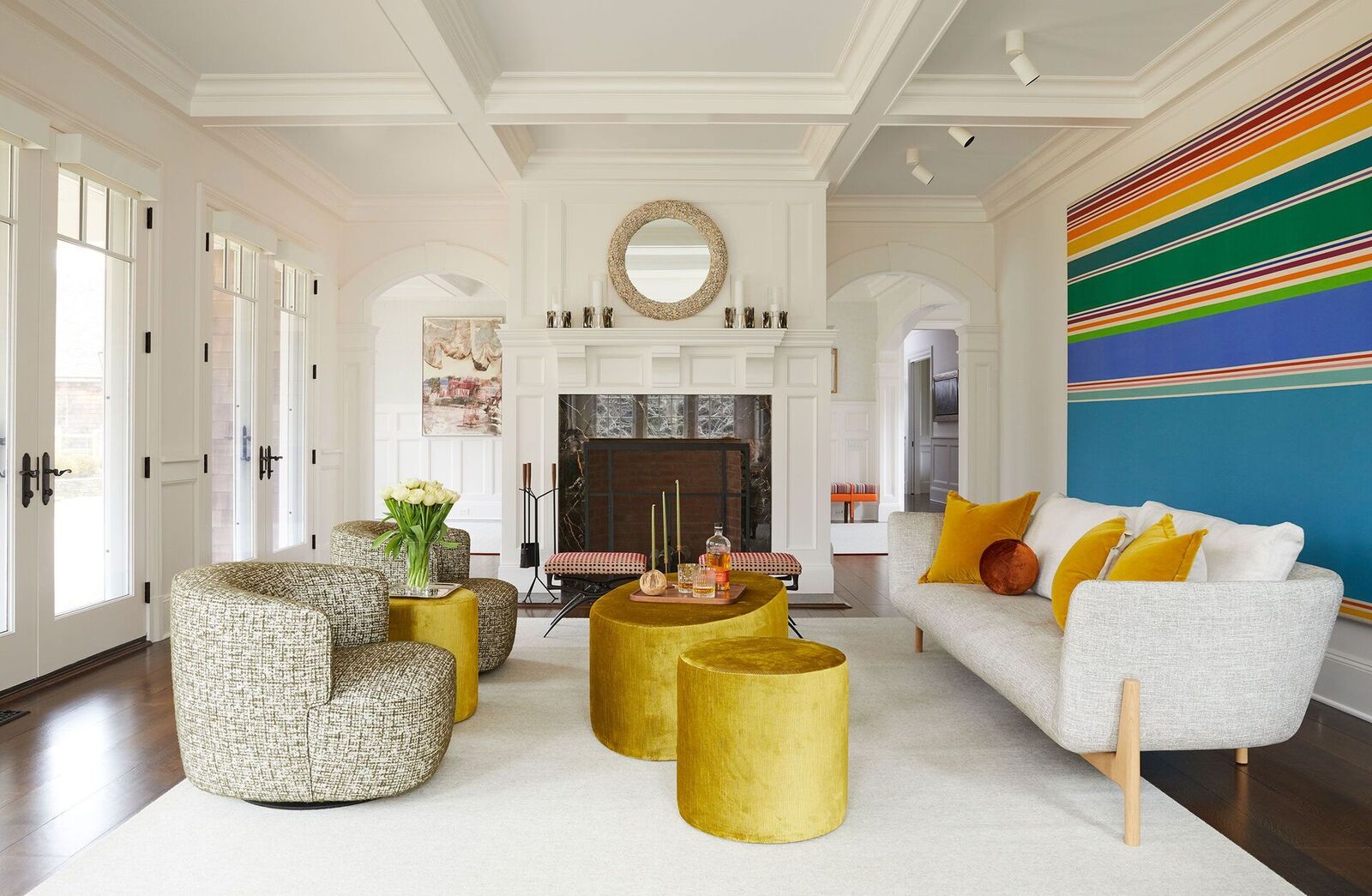

Interior Design
Interior Design Tips: 37 Insider Tricks From Top Designers
Modified: January 6, 2024
Discover 37 expert interior design tips from top designers to transform your space. Create a stylish and functional home with our insider tricks.
(Many of the links in this article redirect to a specific reviewed product. Your purchase of these products through affiliate links helps to generate commission for Storables.com, at no extra cost. Learn more)
Introduction
Welcome to the world of interior design, where creativity meets functionality to transform empty spaces into stunning living environments. Whether you are moving into a new home or looking to refresh the look of your current space, the art of interior design can help you create a space that reflects your personality and enhances your lifestyle.
But where do you begin? With so many design options and trends out there, it can be overwhelming to know where to start. That’s why we have gathered insights from top interior designers to bring you 37 insider tricks that will help you navigate the world of interior design like a pro.
In this comprehensive guide, we will cover every aspect of interior design, from understanding space and selecting colors to choosing furniture and incorporating sustainable design. Each chapter will explore different elements of design and provide you with practical tips and expert advice.
Before we dive in, it’s important to remember that interior design is not just about aesthetics; it’s about creating functional and livable spaces that cater to your needs and preferences. It’s about striking the perfect balance between style and functionality, making your space visually appealing while also ensuring it serves its purpose.
So, whether you are looking to transform a single room or embark on a whole-house renovation, these insider tricks will inspire you, provide guidance, and help you achieve your design goals. Let’s embark on this journey together and unlock the secrets of interior design.
Key Takeaways:
- Understanding space, choosing colors, and selecting furniture are crucial elements in interior design. Maximizing natural light, utilizing lighting fixtures, and creating functional layouts are essential for a well-designed space.
- Incorporating textures, adding art and decor, organizing storage spaces, enhancing small spaces, designing outdoor areas, and incorporating sustainable design principles are key aspects of creating a beautiful, functional, and sustainable interior.
Chapter 1: Understanding Space
Before you start designing, it’s essential to have a deep understanding of the space you’re working with. Every room has its unique characteristics, and taking the time to analyze and understand them will lay the foundation for a successful design. Here are some tips to help you make the most of your space:
- Measurements are key: Start by measuring the dimensions of the room, including the height, width, and length. These measurements will guide you in selecting furniture and creating a layout that maximizes the available space.
- Consider the purpose: Think about how you plan to use the space. Is it a living room for relaxation and entertaining, or a home office that needs to be functional and organized? Understanding the intended purpose will help you make design choices that support your needs.
- Identify focal points: Focal points are elements or areas in a room that draw attention. It could be a fireplace, a large window with a stunning view, or a piece of artwork. By identifying and highlighting these focal points, you can create a sense of visual interest and balance in the space.
- Understand traffic flow: Consider how people will move through the room. Ensure that there are clear pathways and that furniture placement does not disrupt the flow. This will create a harmonious and functional space.
- Take into account natural light: Pay attention to the direction and intensity of natural light in the room. This will influence your color choices, furniture placement, and window treatments. Maximizing natural light can make a space feel more open and inviting.
- Embrace the architecture: Pay attention to architectural features such as exposed beams, unique ceiling designs, or decorative moldings. Incorporate these features into your design to enhance the character of the space.
Understanding your space is the first step towards creating a well-designed room. By taking measurements, considering the purpose, identifying focal points, understanding traffic flow, harnessing natural light, and embracing architectural features, you can set the stage for a successful design that maximizes the potential of your space.
Chapter 2: Choosing Colors
Color is a powerful tool in interior design, as it can evoke different emotions and set the mood of a room. When choosing colors for your space, it’s important to consider the overall ambiance you want to create and how different colors can influence that. Here are some tips to help you choose the perfect colors for your interior:
- Understand color psychology: Different colors have different psychological effects. For example, blue is calming and promotes relaxation, while yellow is energizing and promotes creativity. Consider the mood and atmosphere you want to create in each room, and choose colors that align with those intentions.
- Use a color palette: Create a cohesive look throughout your home by choosing a color palette and sticking to it. A color palette consists of a combination of colors that work well together. You can choose analogous colors (colors next to each other on the color wheel), complementary colors (colors opposite each other on the color wheel), or a monochromatic scheme (variations of a single color).
- Consider the room’s function: The purpose of the room should also influence your color choices. For example, calm and soothing colors like blues and greens are excellent choices for bedrooms, while vibrant and energetic colors like reds and oranges can be great for a home gym or a playroom.
- Pay attention to lighting: Keep in mind that lighting can greatly affect how colors appear in a room. Natural light and artificial lighting can alter the perception of color. It’s a good idea to test colors in different lighting conditions before making a final decision.
- Balance bold and neutral colors: If you’re considering incorporating bold and vibrant colors, it’s essential to balance them with neutrals to avoid overwhelming the space. Neutrals like whites, grays, and beige can serve as a backdrop to showcase pops of color and create a visually pleasing balance.
- Consider the size of the space: Color can visually impact the perception of space. Lighter colors tend to make a room feel more open and spacious, while darker colors can create a cozy and intimate atmosphere. Take into account the size of the room when choosing colors.
By understanding color psychology, using a cohesive color palette, considering the room’s function, paying attention to lighting, balancing bold and neutral colors, and acknowledging the size of the space, you can make informed decisions when choosing colors for your interior. Remember, colors have the power to transform a room and set the tone for the overall design.
Chapter 3: Selecting Furniture
Choosing the right furniture is one of the most important aspects of interior design. Furniture not only contributes to the overall aesthetic of a space but also plays a crucial role in its functionality and comfort. Here are some tips to help you select the perfect furniture pieces for your interior:
- Consider the room’s size: Before purchasing furniture, measure the room to ensure that the pieces you choose will fit comfortably. Avoid overcrowding by selecting furniture that is proportionate to the space available.
- Determine the room’s layout: Plan the layout of the room to determine how the furniture will be arranged. Consider traffic flow, focal points, and the purpose of the space. Create a functional and visually pleasing arrangement that allows for easy movement.
- Match the furniture style to the overall design: Choose furniture that complements the overall style and theme of your interior. For example, if you have a modern and minimalist design, opt for sleek and clean-lined furniture. If your style is more traditional, consider furniture with ornate details and classic silhouettes.
- Opt for quality and durability: Investing in high-quality furniture is worth it in the long run. Look for pieces constructed with sturdy materials that can withstand daily use. Quality furniture not only lasts longer but also adds an air of sophistication to your space.
- Consider comfort: Comfort is essential when choosing furniture, especially for seating areas. Sit on sofas, chairs, and beds to ensure they are comfortable and provide adequate support. Pay attention to details like cushioning, upholstery materials, and ergonomics.
- Maximize storage: Select furniture pieces that offer storage solutions to keep your space organized and clutter-free. Look for coffee tables with hidden compartments, ottomans with built-in storage, or shelving units with both open and closed storage options.
- Mix and match: Don’t be afraid to mix and match different furniture styles and materials. Incorporating diversity in your furniture selection can add visual interest and create a layered and curated look. Just make sure that there is a sense of cohesion and balance in the overall composition.
Remember, furniture is not just about aesthetics; it plays a vital role in how you experience and use your space. By considering the room’s size, determining the layout, matching the furniture style to the overall design, opting for quality and durability, prioritizing comfort, maximizing storage, and embracing mix-and-match possibilities, you can select furniture that not only enhances the visual appeal of your interior but also meets your functional needs.
Chapter 4: Maximizing Natural Light
Natural light has the power to completely transform a space, making it feel brighter, more welcoming, and even more spacious. Harnessing the benefits of natural light should be a priority in your interior design efforts. Here are some tips to help you maximize natural light in your home:
- Keep windows unobstructed: Ensure that your windows are not blocked by furniture, drapes, or any other objects. Clear the space around the windows to allow maximum light to enter the room.
- Opt for sheer window treatments: If privacy is not a concern, choose sheer curtains or blinds that allow plenty of light to pass through. These light fabrics will diffuse the natural light and create a soft and airy ambiance.
- Utilize reflective surfaces: Incorporate reflective materials in your décor, such as mirrors, glass furniture, or shiny accent pieces. These surfaces will bounce light around the space, making it feel brighter and more luminous.
- Choose light-colored walls: Opt for light and neutral wall colors that reflect natural light. These hues will help brighten up the room and create a sense of openness.
- Trim trees and bushes outside: If you have trees or bushes blocking the sunlight from entering your windows, consider trimming them back or strategically planting them to allow for better light penetration.
- Install skylights or light tubes: If your space lacks sufficient windows or if you have a room with limited access to natural light, consider installing skylights or light tubes. These additions will bring in additional sunlight and brighten up the space.
- Use light-colored flooring: Choose light-colored flooring materials, such as light wood or pale-colored tiles, as they can help reflect natural light and make the space feel brighter.
- Optimize furniture placement: Arrange your furniture in a way that does not obstruct the flow of light. Avoid placing large or bulky furniture in front of windows, as it can block natural light from entering the room.
- Keep windows clean: Regularly clean your windows inside and out to ensure that they are free from dirt, dust, and grime. Clean windows allow natural light to pass through more effectively.
- Consider light-reflecting artwork: Choose artwork that incorporates metallic or reflective elements. These pieces will catch and reflect light, adding a subtle luminosity to the room.
By following these tips, you can maximize the amount of natural light in your space, creating a brighter and more inviting atmosphere. Remember, natural light not only enhances the aesthetic appeal of your interior but also contributes to a more positive and uplifting living environment.
Chapter 5: Utilizing Lighting Fixtures
Lighting fixtures play a crucial role in interior design, as they not only provide illumination but also add style and ambiance to a space. The right lighting can enhance the overall aesthetic, highlight architectural features, create focal points, and set the mood. Here are some tips to help you utilize lighting fixtures effectively in your interior:
- Layer your lighting: Incorporate different types of lighting to create depth and dimension in your space. Use a combination of ambient lighting (general illumination), task lighting (focused lighting for specific activities), and accent lighting (highlighting artwork or architectural features). This layering technique allows for flexibility and allows you to adjust the lighting according to your needs.
- Consider the room’s function: The purpose of the room should guide your lighting choices. For example, a kitchen may require bright and functional lighting for meal preparation, while a bedroom may benefit from soft and ambient lighting for relaxation.
- Choose the right light bulbs: Select light bulbs that emit the desired warmth or coolness of light. LED bulbs are energy-efficient and offer a variety of color temperatures. Consider the mood you want to create in the space and choose bulbs accordingly.
- Pay attention to scale: Consider the size of your lighting fixtures in relation to the space. A small pendant light may get lost in a large living room, while a large chandelier may overwhelm a small dining area. Choose fixtures that are proportional to the size of the room and the furniture.
- Utilize dimmers: Install dimmer switches to have control over the intensity of lighting in different areas of your home. This allows you to adjust the lighting based on the time of day, the activity, or the desired ambiance.
- Highlight architectural features: Use lighting fixtures to showcase architectural elements in your space, such as exposed beams, textured walls, or artwork. Directional lighting or wall sconces can draw attention to these features and add visual interest.
- Consider the style: Choose lighting fixtures that complement the overall style and theme of your interior. Whether your design is modern, traditional, industrial, or eclectic, there are lighting options to suit every style.
- Don’t forget about outdoor lighting: Extend your interior design to the outdoors by incorporating lighting fixtures in your outdoor spaces. Illuminate your patio, garden, or porch to create a welcoming and inviting atmosphere.
- Experiment with lighting placement: Play around with the placement of your lighting fixtures to achieve the desired effect. Move table lamps, floor lamps, or wall sconces to different locations to create a customized lighting scheme.
- Regular maintenance: Keep your lighting fixtures clean and in proper working condition. Dust lamps, replace burnt-out bulbs, and periodically check the wiring to ensure safety and optimal performance.
By utilizing lighting fixtures effectively, you can transform your space and create a visually appealing and functional atmosphere. Remember to layer your lighting, consider the room’s function, choose the right bulbs, pay attention to scale, utilize dimmers, highlight architectural features, consider the style, incorporate outdoor lighting, experiment with placement, and maintain your fixtures. With the right lighting design, you can enhance the ambiance and bring your interior to life.
Chapter 6: Creating Functional Layouts
The layout of a room is the arrangement of furniture and other elements within the space, and it plays a crucial role in the functionality and flow of the room. A well-designed layout maximizes space, promotes ease of movement, and ensures that the room serves its intended purpose. Here are some tips to help you create functional layouts in your interior:
- Identify the room’s focal point: Determine the key feature or element that you want to highlight in the room. It could be a fireplace, a large window with a view, or a statement piece of furniture. Arrange the rest of the furniture around this focal point to create a visually balanced layout.
- Consider the traffic flow: Take into account how people will move through the room and ensure that there are clear and unobstructed pathways. Arrange furniture in a way that facilitates easy movement and does not disrupt the flow of traffic.
- Create conversation areas: If you have a living room or a gathering space, arrange furniture in a way that encourages conversation and interaction. Place sofas and chairs facing each other to create a cozy and inviting atmosphere.
- Measure and plan: Before moving or purchasing furniture, measure the dimensions of the room and create a scaled floor plan. This will help you visualize different layout options and ensure that the furniture fits appropriately in the space.
- Consider the functionality of the room: Make sure that the layout supports the intended function of the room. For example, in a home office, ensure that the desk is positioned in a way that promotes productivity and access to essential items.
- Utilize storage solutions: Incorporate furniture pieces with built-in storage options, such as ottomans, coffee tables, or bookshelves. This will add functionality to the space and help keep it organized and clutter-free.
- Balance the furniture: Distribute the visual weight of the furniture throughout the room to create a harmonious and balanced layout. Avoid placing all the large furniture pieces on one side and leaving the other side empty.
- Consider the scale and proportion: Choose furniture that is proportionate to the size of the room. Oversized furniture can make a small room feel cramped, while undersized furniture may appear out of place in a large space. Maintain a balance between the furniture and the room’s dimensions.
- Create functional zones: In larger rooms, consider dividing the space into functional zones. For example, in an open-concept living and dining area, use rugs, lighting, or furniture placement to define separate zones while maintaining a sense of cohesiveness.
- Be flexible: Don’t be afraid to experiment with different layouts. Move furniture around and try out different arrangements to find the one that works best for your space. It’s okay to adjust and refine the layout as your needs change over time.
By creating functional layouts, you can optimize the use of your space and ensure that each room serves its intended purpose. Remember to identify focal points, consider traffic flow, create conversation areas, measure and plan, prioritize functionality, utilize storage solutions, balance the furniture, consider scale and proportion, create functional zones, and be flexible with your layout. With a well-thought-out layout, you can create a harmonious and efficient living environment that suits your needs and enhances your daily life.
When choosing a color scheme for a room, start with a base color and then add in two accent colors to create a cohesive and visually appealing look.
Chapter 7: Incorporating Textures
Textures add depth, visual interest, and a tactile experience to your interior design. By incorporating a variety of textures, you can create a multi-dimensional and engaging space that stimulates the senses. Here are some tips to help you effectively incorporate textures into your interior:
- Mix different textures: Experiment with a combination of smooth, rough, soft, and tactile textures to create contrast and visual intrigue. For example, pair a plush velvet sofa with a rough-hewn wooden coffee table for a captivating juxtaposition.
- Consider the materials: Explore a range of materials to incorporate textures. Examples include natural materials like wood and stone, cozy textiles like wool and fur, and sleek finishes like glass and metal. Don’t be afraid to mix and match different materials.
- Add textiles and fabrics: Introduce textiles and fabrics with different textures, such as woven throws, knitted pillows, or shaggy rugs. These soft and tactile elements can instantly add warmth and coziness to a space.
- Embrace patterned textures: Patterns can add texture and visual interest to a room. Incorporate patterned wallpaper, textured tiles, or fabric with intricate designs to create an eye-catching focal point or an accent wall.
- Utilize wall textures: Consider textured wall treatments, such as textured paint or wallpaper with embossed patterns. These techniques can add depth and dimension to a space without overwhelming it.
- Layer textures through accessories: Enhance the visual and tactile experience by incorporating accessories that feature different textures. Add woven baskets for storage, ceramic vases for a smooth finish, or metallic accents for a sleek touch.
- Explore architectural textures: Highlight architectural elements with textures. Expose brick walls, or install wooden ceiling beams to bring in natural texture and character.
- Pay attention to details: Small details can make a big difference in incorporating textures. Consider textured drawer pulls, textured lampshades, or textured trim on curtains to add subtle touches of texture throughout the space.
- Create contrast: Pair textures that contrast to create visual impact and balance. Combining the sleekness of a glass tabletop with the roughness of a natural wood floor can create an intriguing and dynamic composition.
- Take sensory textures into account: Consider textures that appeal to the sense of touch, such as smooth marble countertops or a soft, plush carpet. These textures can create a luxurious and inviting atmosphere.
By incorporating a variety of textures, you can add depth, interest, and a sensory experience to your interior design. Mix different textures, consider a range of materials, incorporate textiles and fabrics, embrace patterned textures, utilize wall textures, layer textures through accessories, explore architectural textures, pay attention to details, create contrast, and take sensory textures into account. With the right combination of textures, you can transform your space into a visually captivating and tactilely engaging environment.
Chapter 8: Adding Art and Decor
Artwork and decor are the finishing touches that bring personality and style to your interior design. They add visual interest, serve as focal points, and reflect your unique taste and interests. Here are some tips to help you effectively add art and decor to your space:
- Choose art that resonates: Select artwork that speaks to you on a personal level. It can be a painting, a photograph, or a sculpture. The art you choose should evoke emotions and create a connection with the space.
- Consider scale and proportion: Take into account the size of the artwork and how it relates to the size of the wall or the room. Large-scale artwork can make a bold statement, while smaller pieces can be grouped together to create an interesting gallery wall.
- Create a focal point: Use art as a focal point in a room. Hang a large piece above a fireplace or a sofa to draw attention and anchor the space. Alternatively, create a gallery wall to showcase a collection of smaller artworks.
- Mix art styles: Don’t be afraid to mix different art styles and mediums. Combining contemporary pieces with vintage finds or mixing paintings with photography can bring a unique and eclectic feel to your space.
- Consider the color palette: Choose artwork that complements the color scheme of your interior. Look for pieces that incorporate colors from your existing palette to create a cohesive and harmonious look.
- Experiment with placement: Try out different arrangements and placements of artwork. Move pieces around to find the most visually appealing arrangement. Consider hanging artwork at eye level for optimal viewing.
- Accessorize with decor: Decorative accents can add personality and style to your space. Display items such as vases, sculptures, or decorative objects that complement the overall design and reflect your taste.
- Consider the rule of three: Use the rule of three when arranging decor items. Group objects in threes to create balance and visual interest. For example, place three different-sized vases together on a sideboard.
- Bring in natural elements: Incorporate natural elements such as plants, flowers, or branches to add life and freshness to your space. The organic shapes and textures of these elements can enhance the overall aesthetic.
- Personalize your space: Display personal items and mementos that hold sentimental value. Family photos, travel souvenirs, or handmade crafts can add a personal touch to your interior and make it feel uniquely yours.
Artwork and decor are essential for adding the final flourishes to your interior design. Choose art that resonates with you, consider scale and proportion, create focal points, mix art styles, consider the color palette, experiment with placement, accessorize with decor, use the rule of three, bring in natural elements, and personalize your space. These additions will inject your personality into the design and create a visually captivating and curated environment.
Chapter 9: Organizing Storage Spaces
Effective organization of storage spaces is crucial for maintaining a clutter-free and functional interior. Whether you have a small apartment or a spacious home, proper storage solutions can help you maximize space and keep your belongings in order. Here are some tips to help you organize storage spaces effectively:
- Assess your storage needs: Take inventory of your belongings and evaluate what type and amount of storage you require. Consider the different types of items you need to store, such as clothing, accessories, kitchenware, or documents.
- Maximize vertical space: Utilize vertical storage options, such as tall bookshelves or floor-to-ceiling cabinets, to make the most of the available space. Use storage solutions that help you go upwards instead of taking up valuable floor space.
- Invest in multifunctional furniture: Look for furniture pieces that double as storage, such as ottomans with hidden compartments, coffee tables with built-in drawers, or beds with under-bed storage. These functional pieces help to maximize space while keeping items neatly tucked away.
- Utilize wall space: Install hanging shelves, hooks, or wall-mounted storage systems to make use of underutilized wall space. Hang pots and pans in the kitchen, install floating shelves in the bathroom, or use wall-mounted organizers in the home office.
- Label and categorize: Clearly label storage boxes, bins, or containers to easily identify their contents. Categorize items into different groups to ensure efficient organization and easy retrieval.
- Use storage baskets and bins: Utilize storage baskets and bins to corral smaller items and keep them organized. They are not only functional but also add a visually pleasing aesthetic to your storage spaces.
- Make use of underutilized spaces: Look for opportunities to create storage in underutilized areas, such as under the stairs, in unused corners, or on the back of doors. Install shelving or add rolling storage carts to these spaces to maximize their potential.
- Declutter regularly: Get into the habit of regularly decluttering and purging items that you no longer need or use. This will help prevent unnecessary clutter and keep your storage spaces organized.
- Invest in proper storage containers: Opt for sturdy and stackable storage containers that are durable and easy to access. Clear or translucent containers are especially helpful as they allow you to see the contents without opening them.
- Create a system: Establish a system for organizing your storage spaces that works for you. Whether it’s color-coding, alphabetizing, or grouping items by function, having a consistent system will ensure that you always know where to find what you need.
By organizing your storage spaces effectively, you can create a clutter-free and functional environment. Assess your storage needs, maximize vertical and wall space, invest in multifunctional furniture, label and categorize, use storage baskets and bins, make use of underutilized spaces, declutter regularly, invest in proper storage containers, and create a system that works for you. With proper organization, your storage spaces can be efficient, accessible, and contribute to the overall harmony of your interior design.
Chapter 10: Enhancing Small Spaces
Designing small spaces can be a creative and rewarding challenge. With the right techniques and strategies, you can make even the tiniest rooms feel open, spacious, and functional. Here are some tips to help you enhance small spaces in your interior design:
- Optimize natural light: Maximize the amount of natural light that enters the space. Use sheer curtains or blinds that allow light to pass through, keep windows unobstructed, and utilize mirrors to reflect light and create the illusion of more space.
- Choose a light color palette: Light and neutral colors can make a small space appear larger and more open. Use light-colored walls, flooring, and furniture to create an airy and spacious feeling in the room.
- Utilize multifunctional furniture: Consider furniture pieces that serve multiple purposes. For example, a sofa that doubles as a guest bed or a coffee table with built-in storage. This will maximize functionality without taking up much space.
- Use vertical storage solutions: Make use of vertical space by incorporating shelves, wall-mounted organizers, or floor-to-ceiling bookcases. Utilize high shelves for storing items that are less frequently used.
- Minimize clutter: Keep the space organized and clutter-free to create a sense of openness. Only display essential items and find clever storage solutions to hide away belongings that aren’t frequently used.
- Think about scale: Choose furniture and decor that are proportionate to the size of the room. Oversized furniture can overwhelm a small space, while small, delicate pieces can get lost. Strike a balance between functionality and maintaining an open feel.
- Create visual depth: Use techniques that create visual depth to make the space appear larger. Consider incorporating an accent wall with a bold pattern or texture, or use artwork or mirrors to draw the eye deeper into the room.
- Consider open-shelving: Open shelving can visually expand a small space by creating openness and allowing the eye to travel through the room. Display attractive items on the shelves that contribute to the overall aesthetic.
- Utilize hidden storage: Look for furniture pieces that offer hidden storage compartments, such as ottomans or beds with built-in drawers. This will allow you to store items out of sight while maximizing floor space.
- Utilize light and transparent materials: Choose furniture and decor made of lighter materials, such as glass or acrylic. These materials can create a sense of openness and prevent the space from feeling heavy or visually crowded.
With these tips, you can enhance small spaces and transform them into functional and visually appealing areas. Optimize natural light, choose a light color palette, utilize multifunctional furniture, use vertical storage solutions, minimize clutter, think about scale, create visual depth, consider open shelving, utilize hidden storage, and use light and transparent materials. By applying these techniques, you can make the most of your small spaces and create an inviting and comfortable environment.
Chapter 11: Designing Outdoor Areas
The design of outdoor areas is just as important as the design of indoor spaces. Whether you have a spacious backyard or a small balcony, the outdoor area can be transformed into an inviting and functional extension of your home. Here are some tips to help you design outdoor areas that you’ll love:
- Define the purpose: Determine how you want to use the outdoor area. Do you want it to be a space for dining and entertaining, a peaceful oasis for relaxation, or a place for gardening and outdoor activities? Clarifying the purpose will help guide your design decisions.
- Create zones: Consider dividing your outdoor area into distinct zones for different activities. Designate areas for lounging, dining, and gardening. Use outdoor rugs, furniture placement, or landscaping to visually separate each zone.
- Consider the climate: Take into account the climate of your region when selecting outdoor furniture and materials. Choose materials that are durable, weather-resistant, and suitable for your specific weather conditions.
- Provide seating and comfort: Ensure that there is ample seating available for outdoor gatherings or relaxation. Select comfortable and weather-resistant furniture, such as outdoor sofas, chairs, and loungers. Add cushions and pillows for extra comfort.
- Create shade: Incorporate shade options to make the outdoor area more pleasant during hot sunny days. Install an umbrella, shade sails, or a pergola with a retractable canopy to provide relief from the sun’s rays.
- Add lighting: Illuminate your outdoor area to create ambiance and enhance functionality. Use string lights, lanterns, or outdoor wall sconces to provide a warm and inviting glow. Consider installing path lights for safety and to highlight walkways.
- Incorporate greenery: Integrate plants and greenery to add life and beauty to your outdoor space. Choose plants that thrive in your climate and require low maintenance. Incorporate vertical gardens, potted plants, or a small herb garden to maximize your greenery.
- Include focal points: Designate focal points to draw the eye and create visual interest. It could be a water feature, a fire pit, an outdoor sculpture, or a stunning view. Arrange furniture or create seating areas around these focal points.
- Add privacy: If privacy is a concern, incorporate privacy screens, trellises, or tall plants to create a sense of seclusion. Consider using outdoor curtains or blinds to block unwanted views or create a cozy alcove.
- Accessorize with outdoor decor: Enhance the outdoor area with decor elements such as outdoor rugs, cushions, throw pillows, or outdoor artwork. Select materials that are weather-resistant and can withstand outdoor conditions.
Designing outdoor areas is about creating a welcoming and functional space that allows you to enjoy the beauty of nature. Define the purpose, create zones, consider the climate, provide seating and comfort, create shade, add lighting, incorporate greenery, include focal points, add privacy, and accessorize with outdoor decor. With careful planning and thoughtful design, you can transform your outdoor area into a charming and inviting retreat that enhances your overall living experience.
Chapter 12: Incorporating Sustainable Design
Sustainable design is becoming increasingly important in interior design as we strive to make more environmentally conscious choices. By incorporating sustainable design principles into your space, you can create a more eco-friendly and socially responsible interior. Here are some tips to help you incorporate sustainable design into your home:
- Choose eco-friendly materials: Opt for materials that are environmentally friendly and have a low carbon footprint. Look for furniture made from sustainably sourced wood, flooring made from recycled materials, or countertops made from reclaimed materials.
- Use non-toxic paints and finishes: Select paints, stains, and finishes that are low in or free from volatile organic compounds (VOCs). These substances can be harmful to both human health and the environment.
- Save energy with lighting: Use energy-efficient lighting solutions, such as LED bulbs, to reduce your energy consumption. Install motion sensor lights or timers to ensure lights are turned off when not in use.
- Maximize natural lighting and ventilation: Design your space to optimize natural lighting and airflow. Incorporate large windows, skylights, or French doors to bring in natural light. Use window treatments that allow for privacy while still allowing natural light to enter.
- Conserve water: Choose water-saving fixtures for your bathroom and kitchen, such as low-flow toilets and faucets. Install rainwater harvesting systems or consider using water-efficient landscaping techniques like xeriscaping.
- Reuse and repurpose: Instead of buying new, consider repurposing or upcycling furniture and decor items. Give old pieces a new life with a fresh coat of paint or reupholstery. Alternatively, shop for vintage or second-hand furniture to reduce waste.
- Invest in energy-efficient appliances: Choose energy-efficient appliances for your kitchen and laundry room. Look for appliances that are Energy Star certified, as they consume less energy and help reduce greenhouse gas emissions.
- Use sustainable textiles: Select fabrics made from natural and sustainable materials, such as organic cotton, hemp, or bamboo. These materials are renewable and have a lower impact on the environment compared to conventional textiles.
- Reduce waste: Practice waste reduction by recycling and composting. Set up recycling stations and consider composting organic waste from your kitchen. Look for ways to reduce packaging waste by choosing products with minimal packaging or by buying in bulk.
- Create a well-insulated space: Ensure that your home is well insulated to minimize energy loss. Proper insulation helps maintain a comfortable indoor temperature and reduces the need for excessive heating or cooling.
- Support local and sustainable businesses: Choose to work with suppliers and manufacturers that prioritize sustainability. Look for certifications such as Forest Stewardship Council (FSC) for wood products or Cradle to Cradle (C2C) for products designed with the environment in mind.
By incorporating sustainable design principles into your space, you can make a positive impact on the environment and create a healthier living environment for yourself and future generations. Choose eco-friendly materials, use non-toxic paints and finishes, save energy with lighting, maximize natural lighting and ventilation, conserve water, reuse and repurpose, invest in energy-efficient appliances, use sustainable textiles, reduce waste, create a well-insulated space, and support local and sustainable businesses. With these choices, you can promote sustainability while still creating a beautiful and functional interior design.
Conclusion
Congratulations! You have reached the end of this comprehensive guide to interior design. Throughout this journey, we have explored various aspects of interior design, from understanding space to incorporating sustainable design principles. By implementing the tips and strategies shared in each chapter, you can transform your living spaces into beautiful, functional, and sustainable environments that reflect your personal style and enhance your quality of life.
Remember, interior design is not just about aesthetics; it’s about creating spaces that work for you and improve your overall well-being. Whether you’re revamping a single room or undertaking a whole-house renovation, the knowledge you have gained will empower you to make informed decisions, plan effectively, and execute your design vision with confidence.
Throughout this guide, we have emphasized the importance of considering the purpose of each space, understanding the interplay of colors and textures, maximizing natural light, incorporating lighting fixtures, and organizing storage spaces. We have also touched on the significance of art and decor, enhancing small spaces, designing outdoor areas, and incorporating sustainable design principles.
As you embark on your interior design journey, always remember to trust your instincts and take the time to experiment and explore. Design is a fluid and ever-evolving process, and your space can grow and change with you over time. Don’t be afraid to mix different styles, incorporate personal touches, and let your creativity shine through.
Lastly, don’t forget that interior design is a balance between practicality and aesthetics. While you strive to create visually stunning spaces, always prioritize functionality, comfort, and sustainability. Let your design choices reflect your values and contribute to a healthier, more sustainable future.
Thank you for joining us on this insightful journey into the world of interior design. Now it’s time for you to take these lessons and bring your unique design vision to life. Happy designing!
Frequently Asked Questions about Interior Design Tips: 37 Insider Tricks From Top Designers
Was this page helpful?
At Storables.com, we guarantee accurate and reliable information. Our content, validated by Expert Board Contributors, is crafted following stringent Editorial Policies. We're committed to providing you with well-researched, expert-backed insights for all your informational needs.
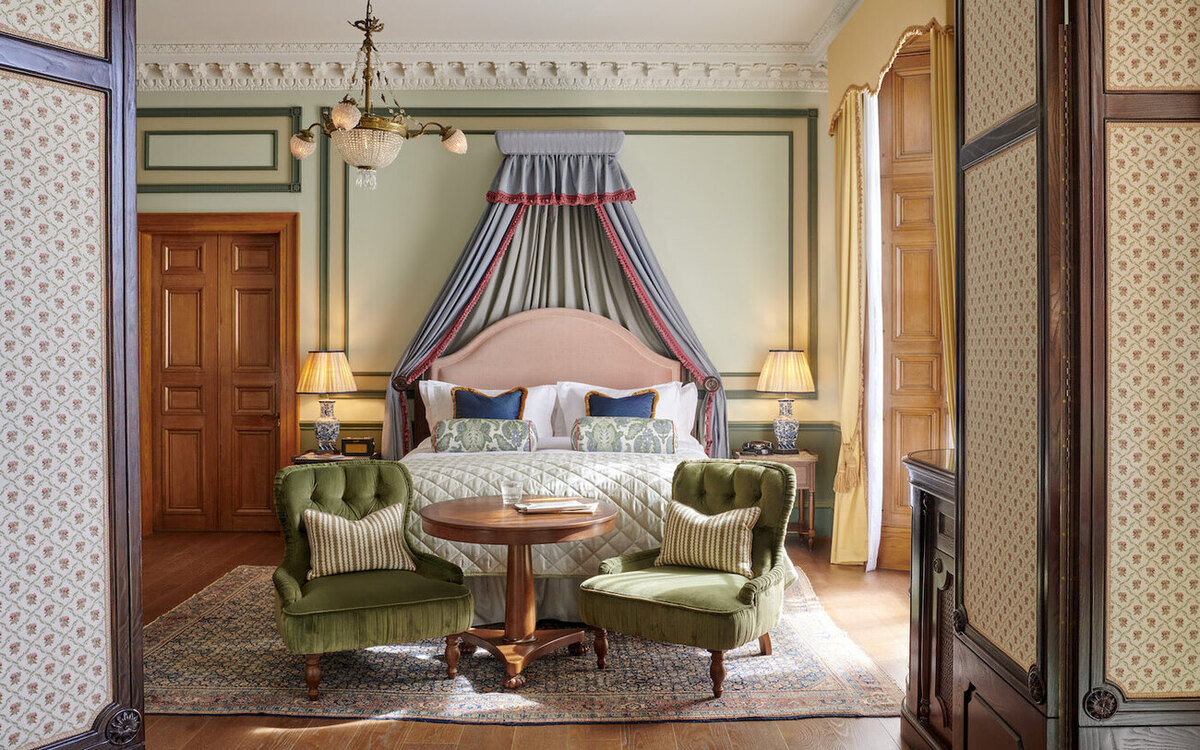
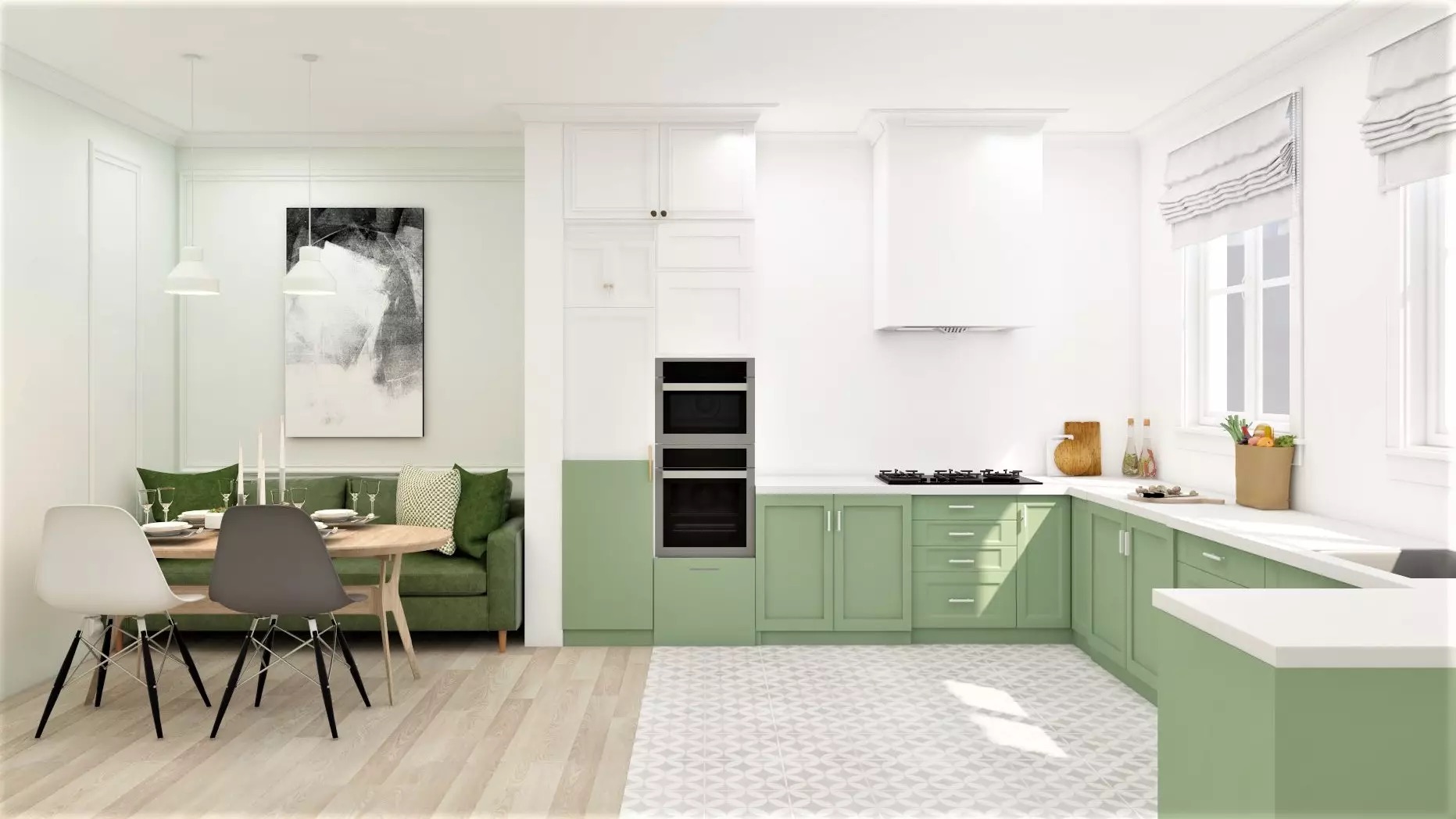
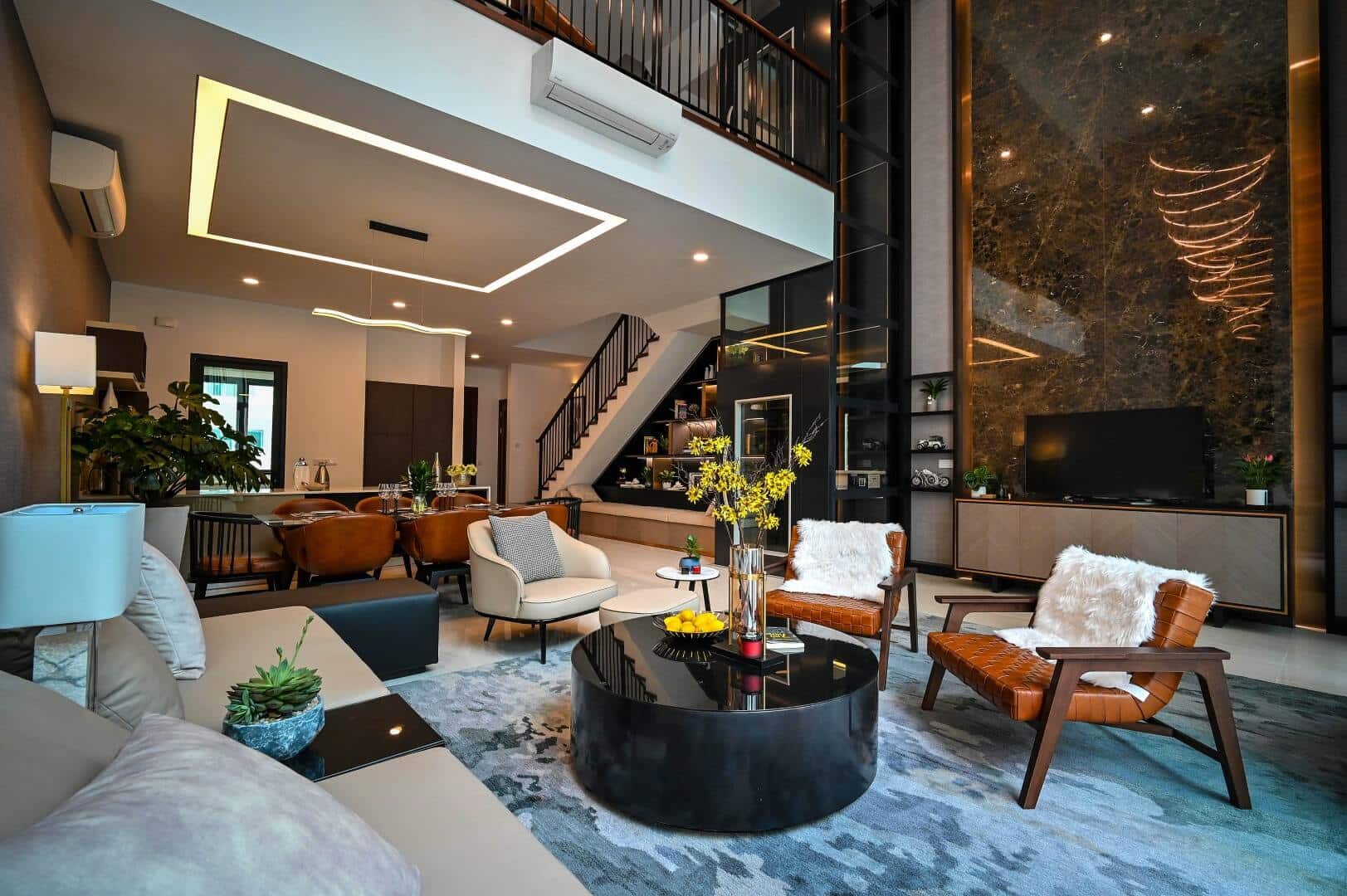
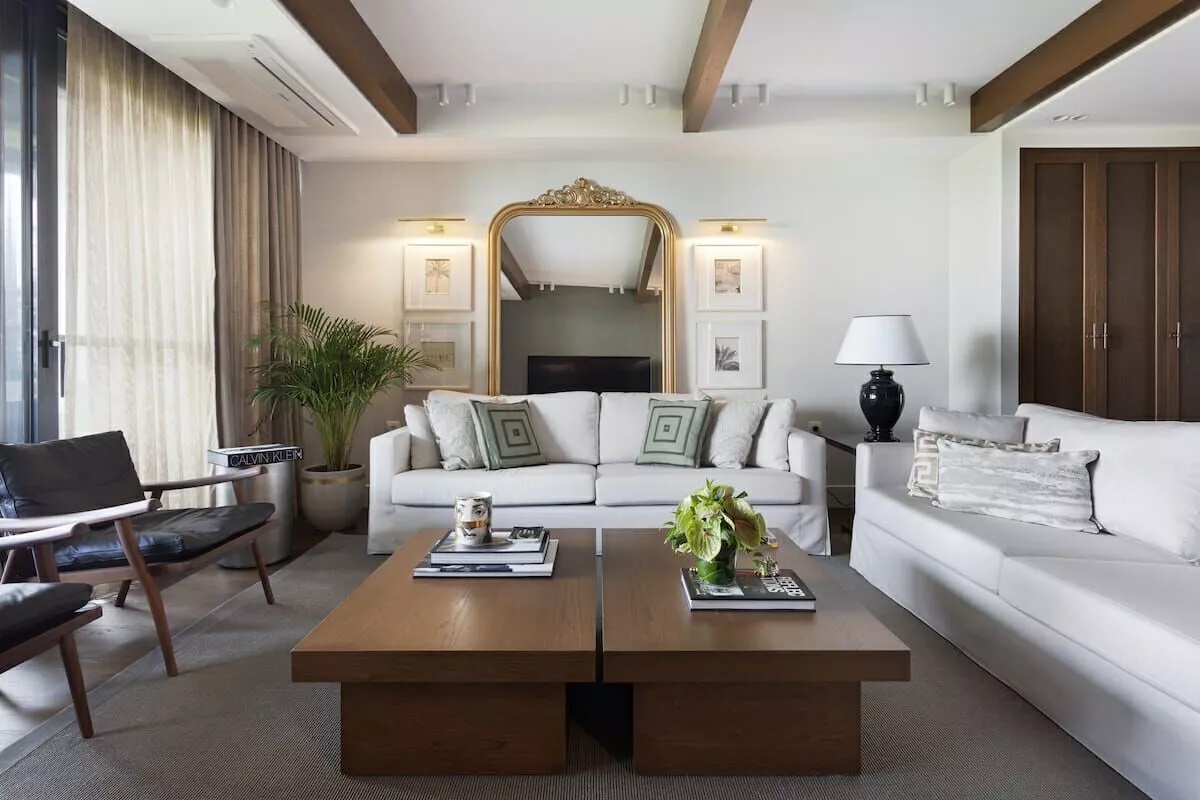
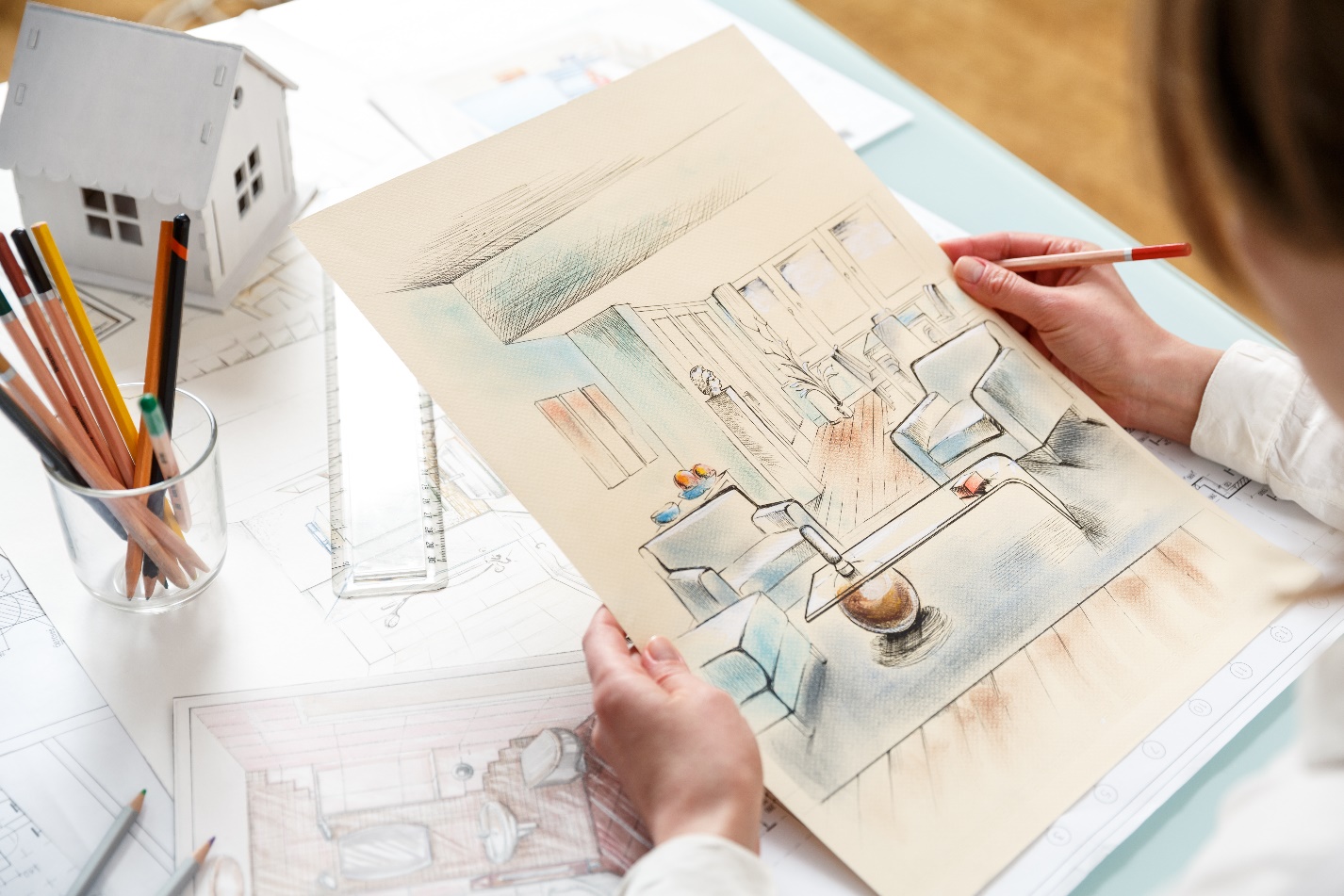
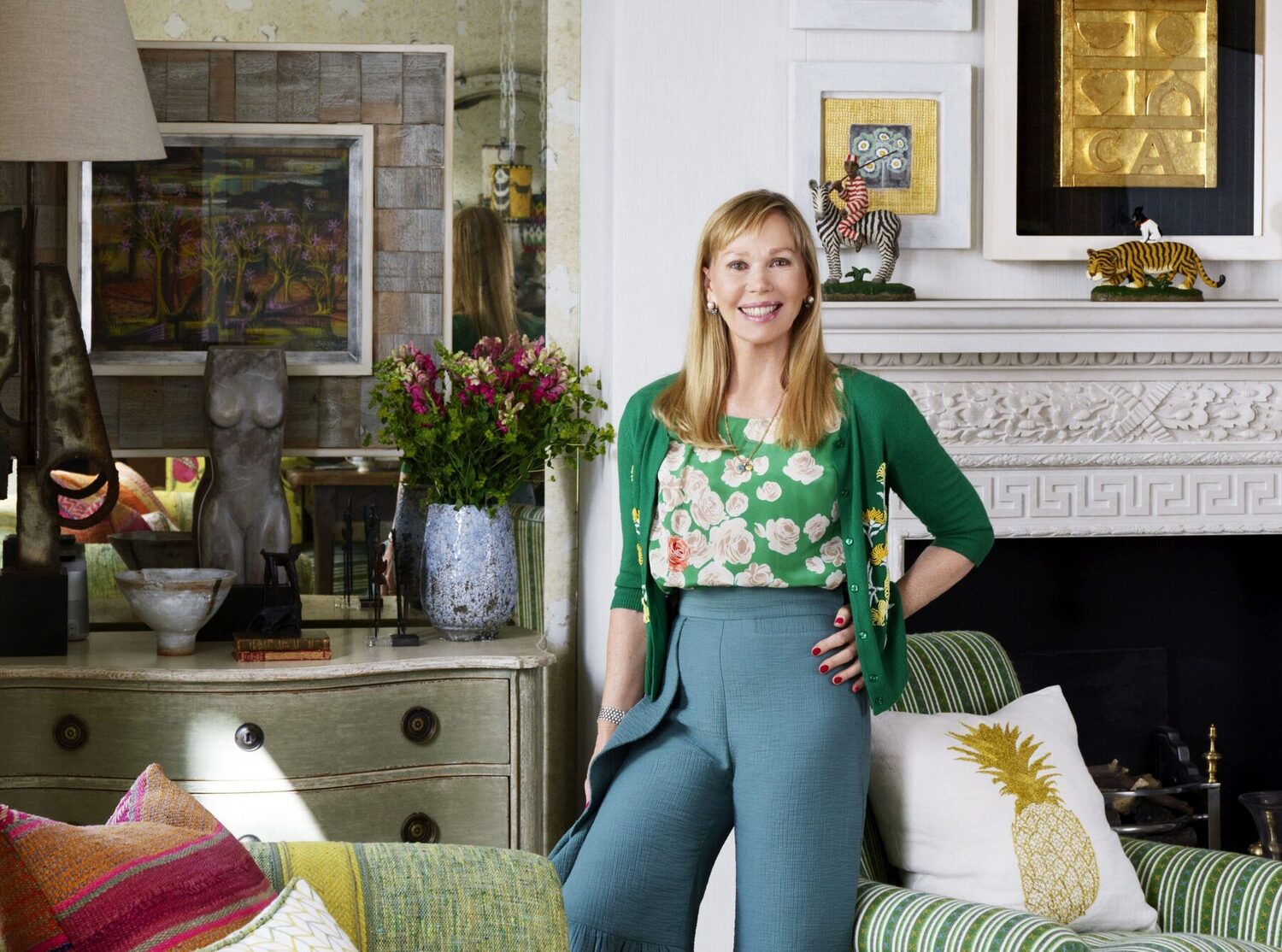
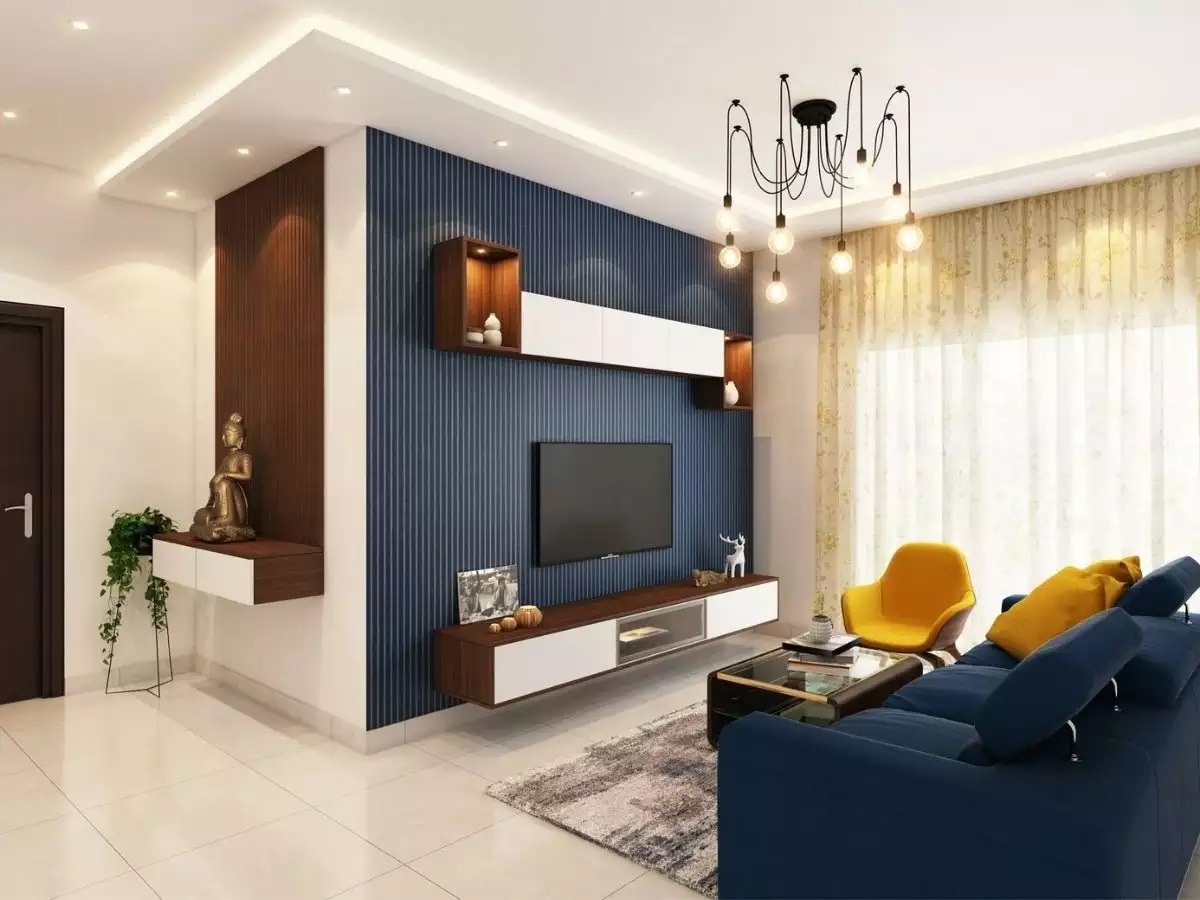
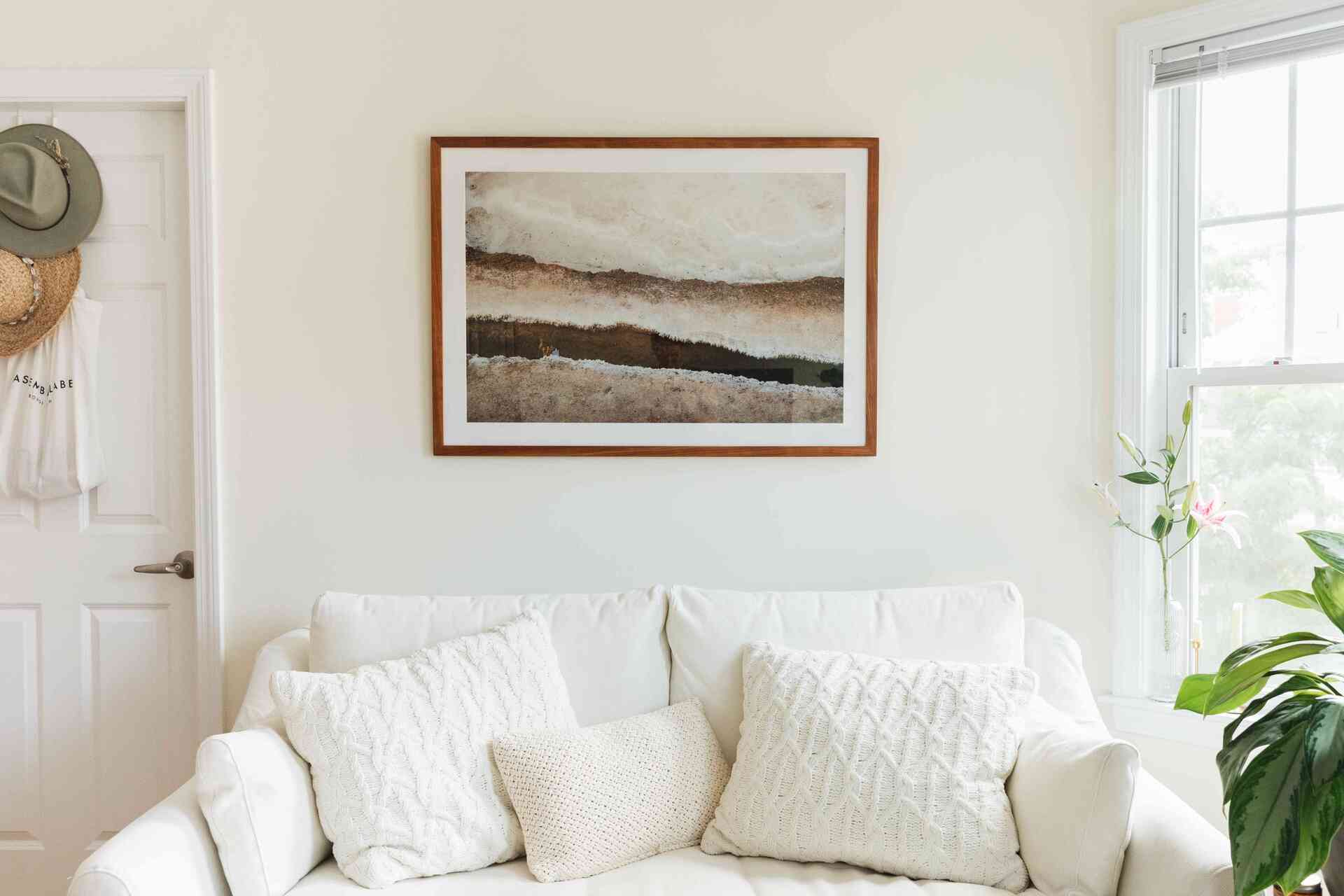
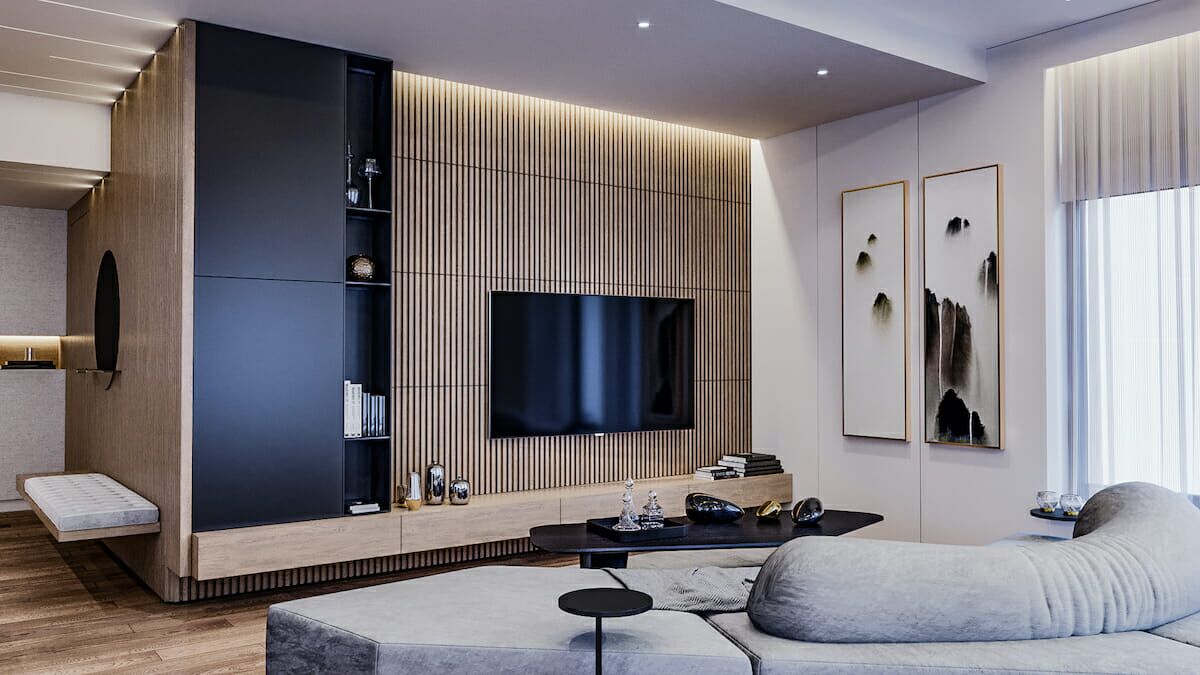
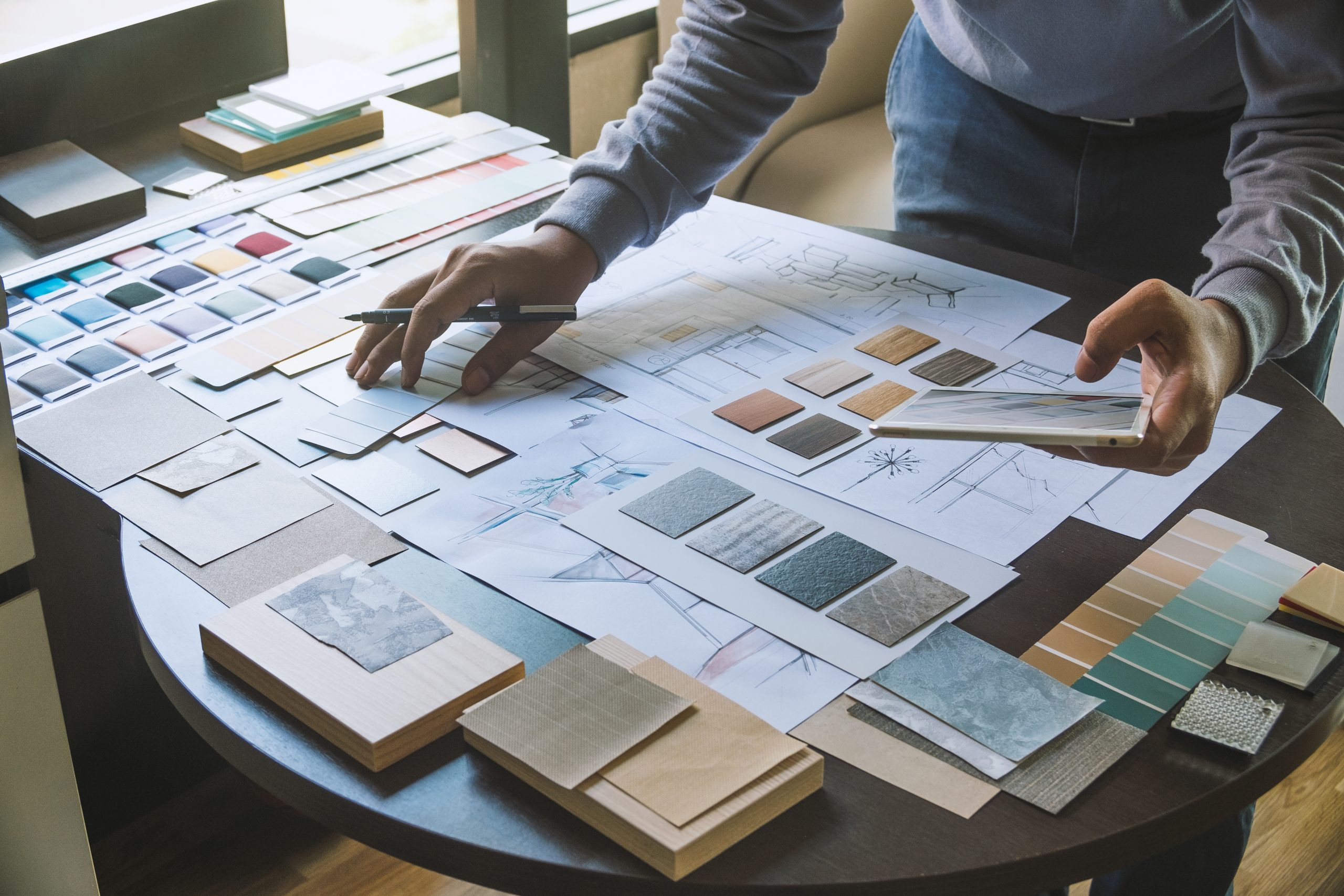
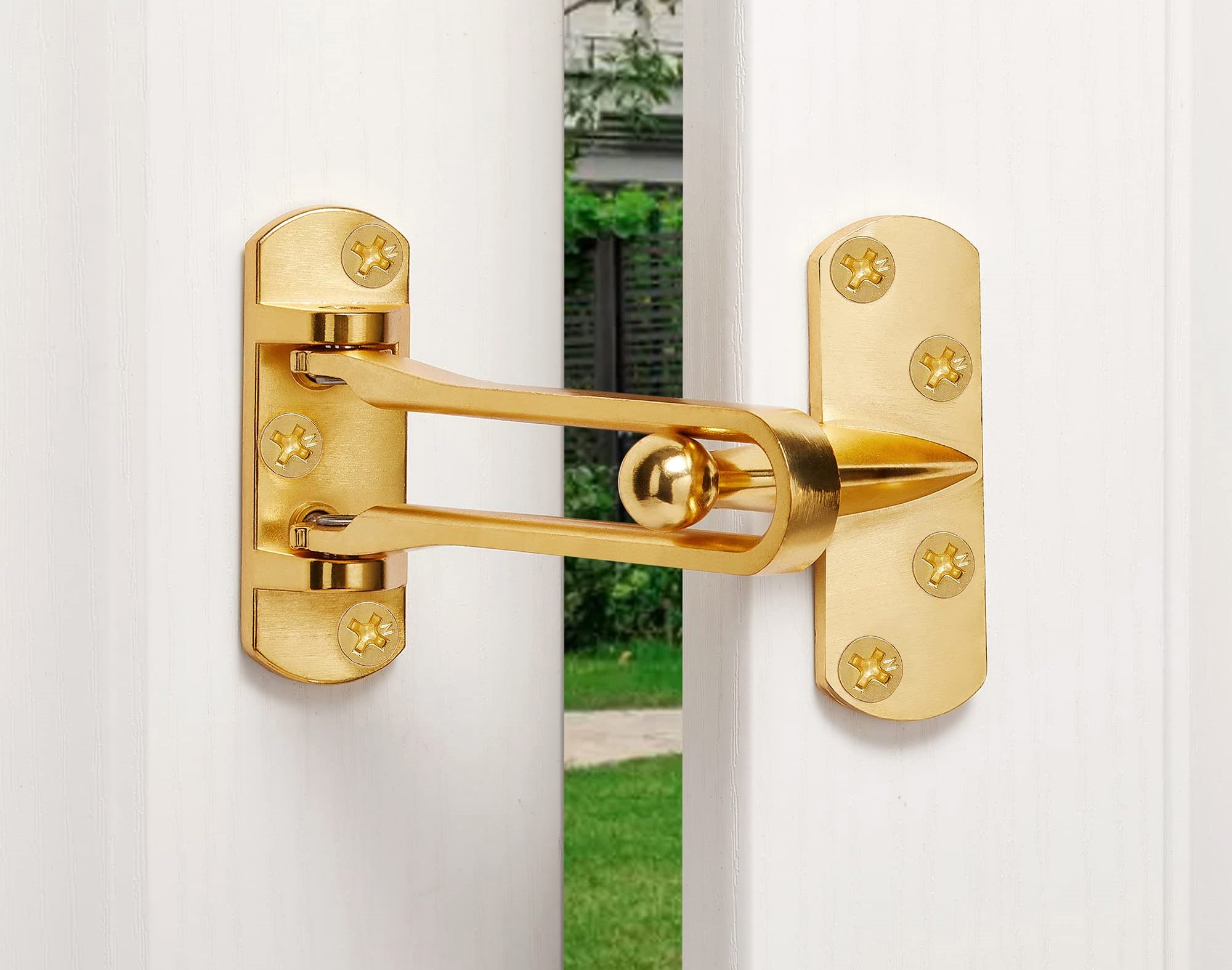
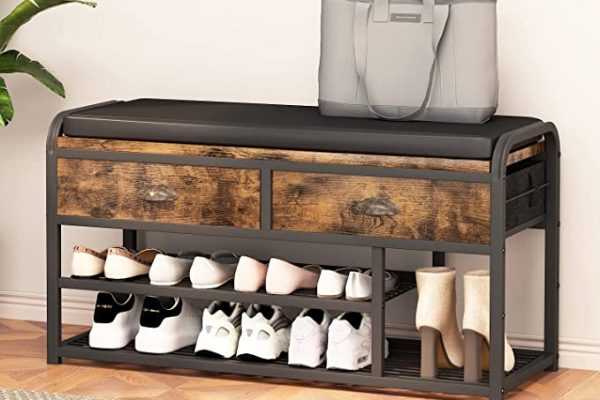

0 thoughts on “Interior Design Tips: 37 Insider Tricks From Top Designers”